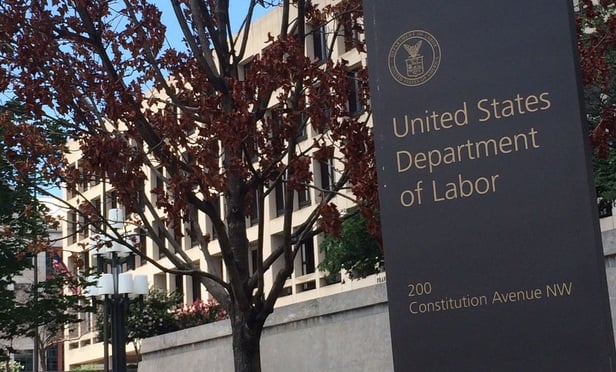For many, finances can be one of the most stressful parts of their lives, if not the most. Having a plan and being prepared for the future and unexpected is the key to financial wellness and ultimately provides peace of mind.
The Employee Benefit Research Institute estimates that the average couple retiring at age 65 will need nearly $300,000 for health care costs alone during retirement. With numbers like that, the thought of saving for health care in retirement can be overwhelming.
Recommended For You
Employers and benefits professionals have a tremendous opportunity to help employees navigate financial challenges by offering a holistic wellness program that includes financial education programming, resources, and support.
Today, we find that many Americans are living paycheck-to-paycheck and lack the understanding or tools to adequately save and plan for short-term needs, such as an emergency fund, and long-term needs such as health care in retirement. What does that mean for employers?
It means they're prone to have a workforce that is more likely to be distracted by financial issues and, ultimately, unable to retire. That combination does not bode well for a happy, productive, and focused workforce.
Employers have the opportunity to help employees correct that course and get on the right track for saving for the future and ultimately to feeling more secure financially.
Some examples of financial wellness offerings include:
-
Retirement planning
-
Debt management
-
College savings tools
-
Financial goal setting and assessments
-
Privacy/fraud protection advice
-
Health care cost planning
As with any benefit, communication is key. If the employer is going to take the steps to offer financial wellness programming and tools, it will be critical that communication is front and center of the offering.
Frequent and clear communication will be necessary to ensure participation. It is not enough to communicate during open enrollment or tax season, and then call it "good" for the year if you want to make a lasting impact on employee behavior.
According to a year-end report from Devenir, the number of HSAs nationally rose to 16.7 million in 2015, a year-over-year increase of 22 percent for the period of December 31st, 2014 to December 31st, 2015. Devenir projects that by the end of 2018 the HSA market will likely exceed $50 billion in HSA assets covering almost 30 million accounts.
With that kind of growth, there is tremendous opportunity to educate employees on the financial benefits of an HSA. Not only are these accounts available for current medical expenses, but they can also serve as a powerful tool for long-term savings and as a key part of an overall retirement strategy to build wealth for both medical and other general retirement expenses, including tax-free Medicare premiums.
In addition, many HSAs now offer investment options that are becoming more attractive as HSA deposit balances grow and accountholders better understand how these accounts work as part of an overall savings plan.
Financial wellness is key to overall wellness. Consider how finances will be incorporated into any existing or new wellness programs, and how to support employees on their financial journeys. Call on benefits providers and partners to help with the programming, communications and tools that are so vital to ensuring a healthy, happy, and financially secure workforce.
© 2025 ALM Global, LLC, All Rights Reserved. Request academic re-use from www.copyright.com. All other uses, submit a request to [email protected]. For more information visit Asset & Logo Licensing.







